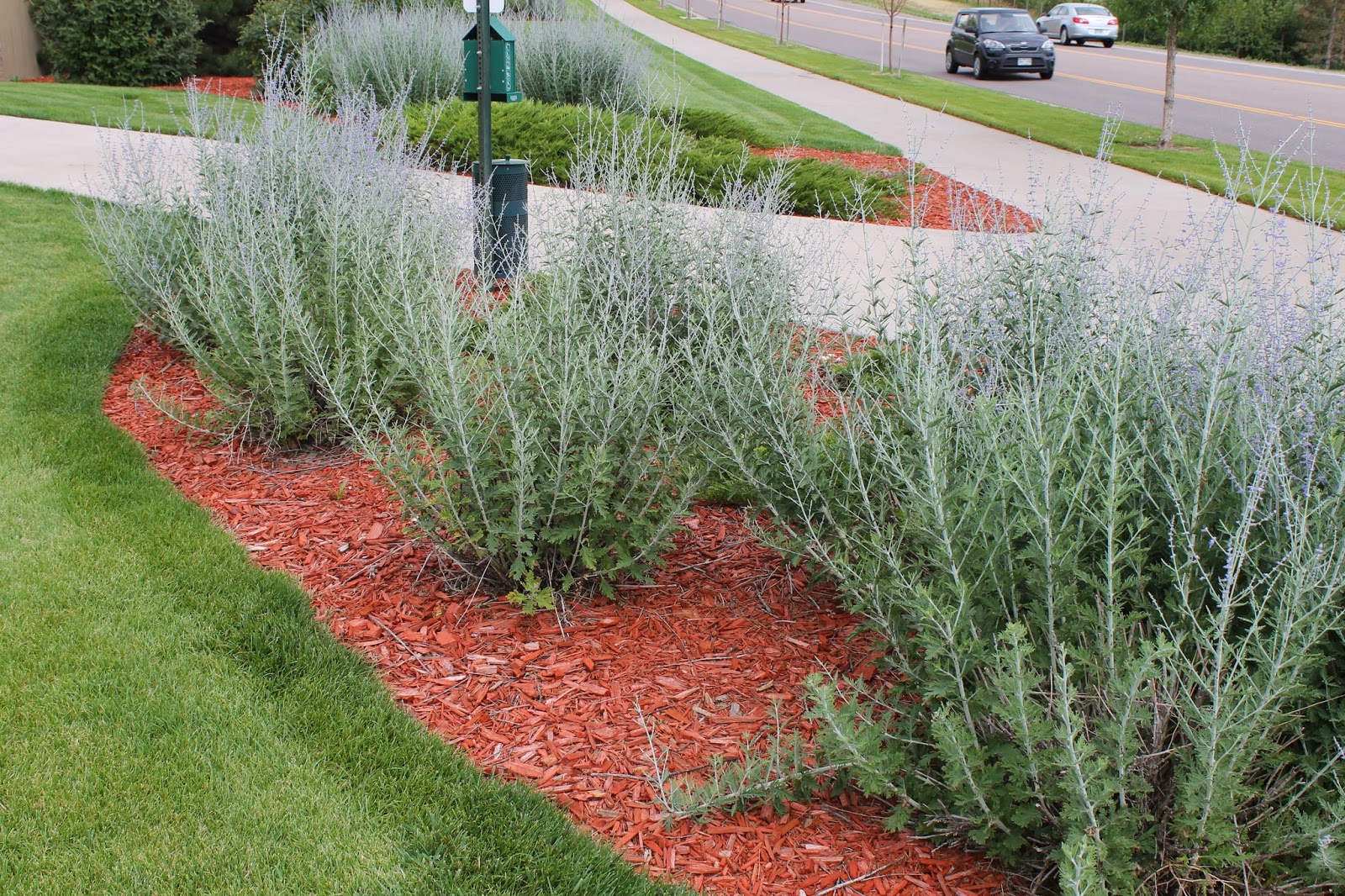Broomfield County Extension
One of the amazing things about Colorado is its variable terrain, which encompasses several life zones from the grassy plains to the high alpine tundra. While many of our gardens are starting to wind down in the lower elevations, up high the flowers are in full bloom. Below are some photos taken from a recent hike along the 4th of July Trail to Diamond Lake in Boulder County. Hopefully this inspires you to get out and enjoy the height of wildflower season in the higher altitudes.
Scientific Name: Limnorchis dilatata
Look for this little beauty near water. These were located on along a hillside stream.
Common Name: Colorado Columbine
Scientific Name: Aquilegia coerulea
It isn't any wonder that this columbine was chosen as the state flower. "Columbine" is Latin for dove, a name chosen because of the graceful appearance of the flower. "Coerulea" refers to the blue color of the petals.
Common Name: Pink Pussytoes
Scientific Name: Antennaria rosea
Who can resist a plant with a name like "pussytoes"? As the name suggests, the blooms resemble the toes of a cat. Pussytoes can be found in local nurseries and, due to their mat-forming habit, make a wonderful groundcover.
Common Name: Monkshood
Scientific Name: Aconitum columbianum
The showy "hood" of this flower resembling a monk's cowl can be deep purple to blue to greenish white. Flowers are visited by hummingbirds, bumblebees and hawkmoths.
Common Name: Wooly Thistle, Mountain Thistle, Frosty Ball
Scientific Name: Cirsium scopulorum
Thistles have a bad reputation, but most of the thistles found in Colorado are natives and are an important source of pollen and nectar for native bees, they provide food for many species of butterflies, and thistle seeds are a favorite of finches and other birds. For more information about thistles in Colorado, check out Thistles of Colorado: Identification and Management Guide, which was produced by the Larimer County Weed District.
For more information on Colorado's wildflowers, check out the Colorado Plant Database or the CSU Extension Native Plant Master program. Happy wildflower viewing!





























.jpg)










